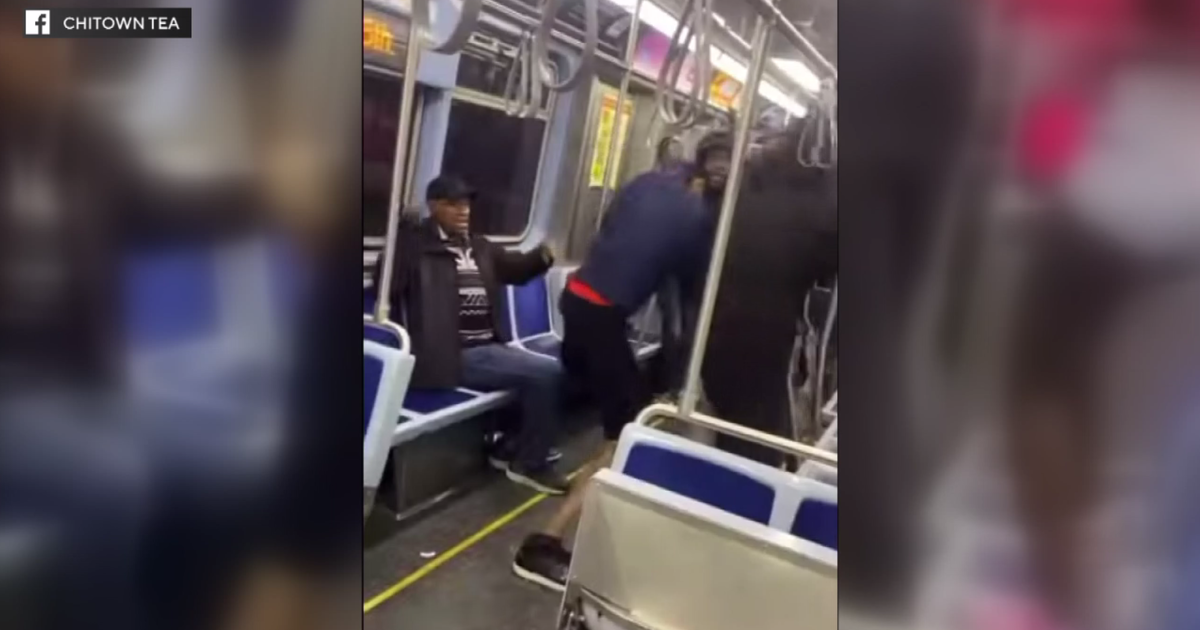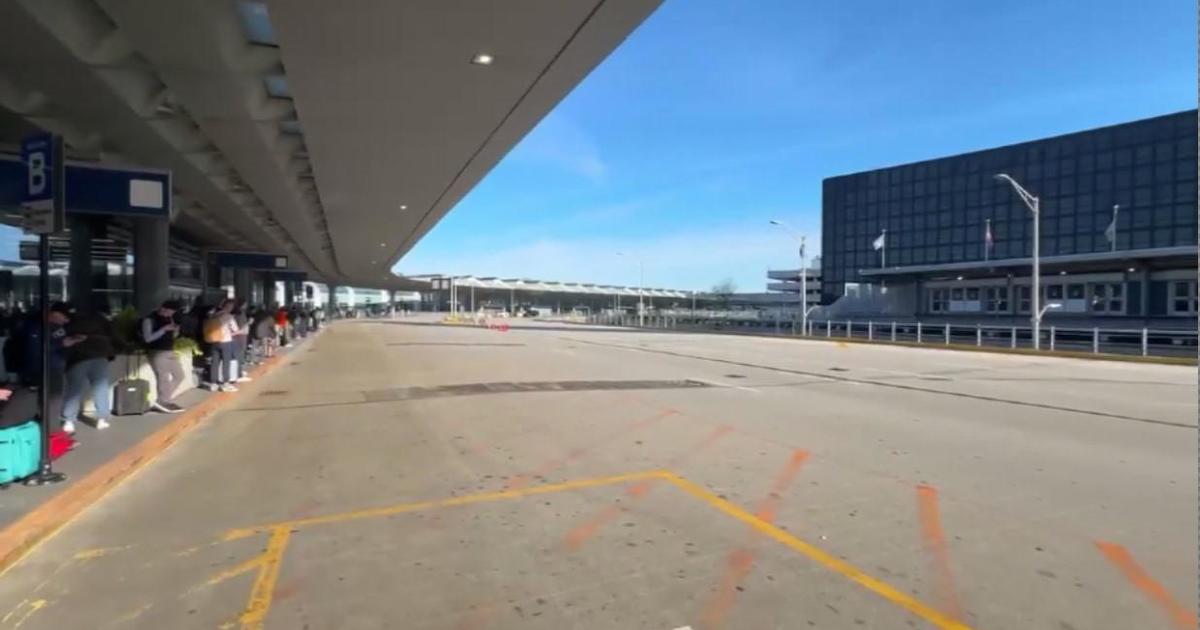NTSB: Blue Line 'Trip Stop' At O'Hare Was Too Close To The End Of The Track
Updated 04/08/14 - 8:02 a.m.
CHICAGO (CBS) -- A preliminary report from the National Transportation Safety Board on Monday said a "fixed trip stop" system on the Blue Line tracks at O'Hare International Airport was too close to the end of the track to stop the train in an emergency.
NTSB officials had previously said the train's operator, Brittney Haywood, admitted falling asleep at the controls as the train was pulling into the O'Hare station, but that automated systems in place were designed to stop the train if she did not hit the brakes. The system did activate during the March 24 derailment, but failed to stop the train before it smashed through a bumper post and hit an escalator at O'Hare.
The NTSB estimated the crash caused $9.1 million in damage to CTA equipment and the station itself.
According to the NTSB's preliminary report on the tracks, "due to the train speed, the distance from the fixed trip stop to the track bumper post was too short to stop the train."
The train was going approximately 26 mph as it pulled into the station on the center track. The NTSB originally said a "fixed trip stop" designed to activate the train's emergency brakes was 41 feet from the bumper post at the end of the center track, but the CTA said Monday the trip stop was only 29 feet from the end of the track. It has now been moved to 61 feet from the bumping post.
Union Boss Questions Design Of Center Track
Robert Kelly, president of Amalgamated Transit Union Local 308, said the system on the other two tracks at O'Hare would have reacted differently. He said the other two tracks would have left the train "more than enough room" to stop in time, and he doesn't know why the center track wasn't similarly equipped.
"If there's others like this, yes, we should be concerned. Am I concerned? I'm concerned over any safety issue right now," he said. "It's unfortunate what happened, but this is a golden opportunity for both the CTA and the unions to sit down and work out these safety issues, and make the system safe."
In addition to moving back the trip stop on the center track, the CTA said it has reduced the speed limit for trains entering the station to 15 mph.
The agency also fired Haywood last week, since last month's crash was the second time she fell asleep behind the controls of a train.
Haywood was operating the Blue Line train that jumped the tracks and smashed into an escalator at O'Hare shortly before 3 a.m. on March 24. She has admitted falling asleep at the controls, and not waking up until the crash. The NTSB has said Haywood also admitted dozing off at the controls once before, in February.
According to the preliminary report from the NTSB, Haywood told investigators the last signal she remembers seeing before the March 24 crash was a "yellow-over-red signal aspect," indicating the next signal she would see would require her to stop the train.
Haywood told investigators she was tired when she started her shift on the night of March 23, and had not gotten enough sleep the Saturday before the crash, either. She had worked nearly 60 hours over the previous seven days, and was on her third straight night shift.
The CTA has since proposed changes to its work rules for rail operators to give them more time off. New work rules would include a limit of 12 hours of duty in a 14-hour time period. There is no current maximum.
Operators also wold get a minimum of 10 hours of time off between shifts, up from the current 8 hours. All rail operators would have to take at least one day off in a seven-day period. Currently there is no limit.
An NTSB spokesperson said Monday's report is only preliminary, and the first step in issuing its findings on the crash. Updated findings could be released later this week.



